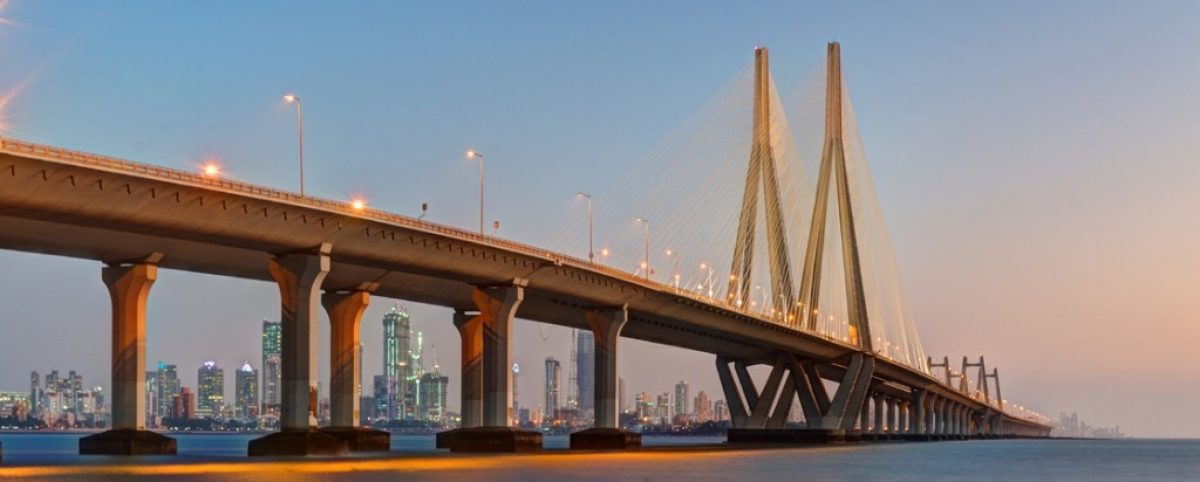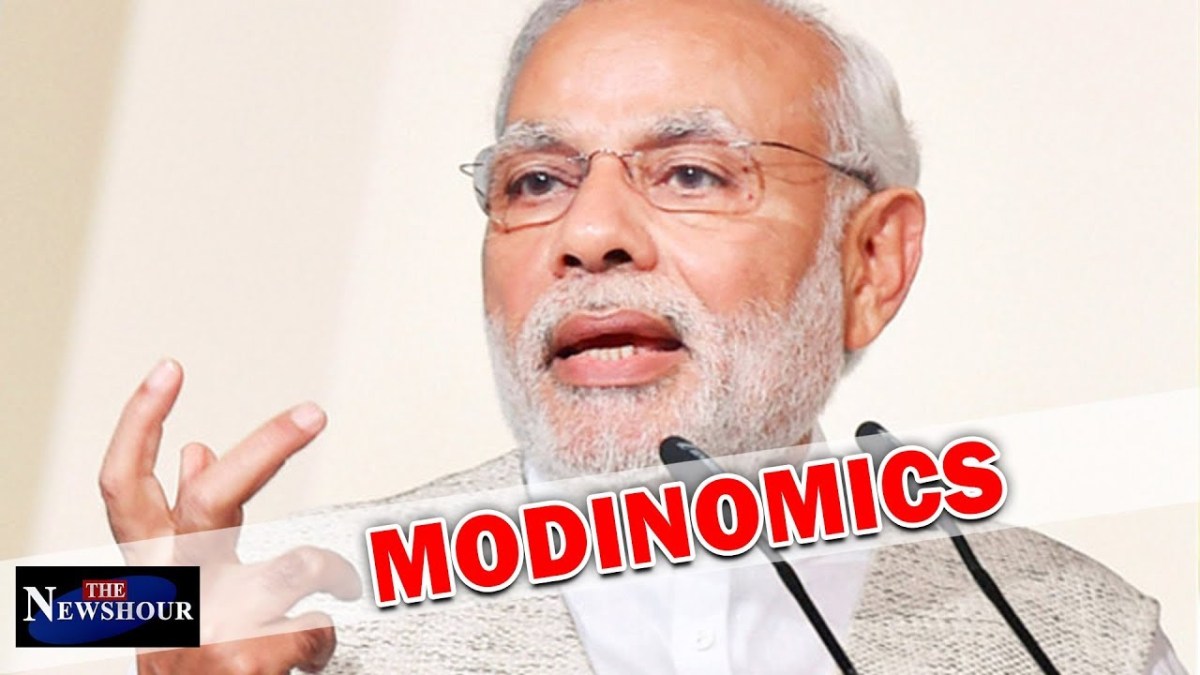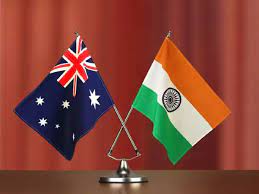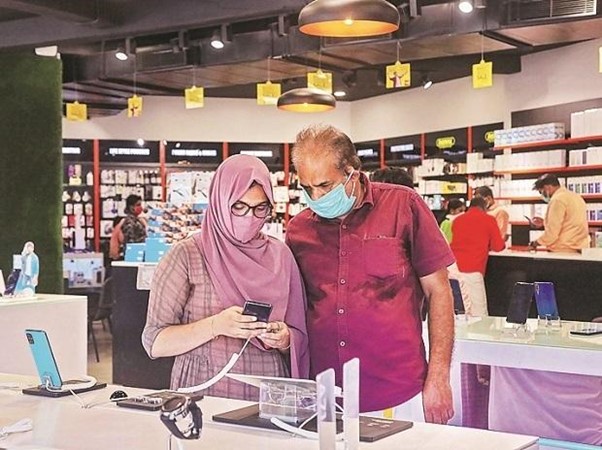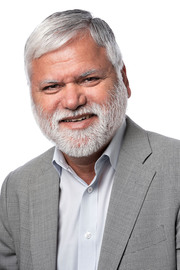Australian PM Scott Morrison at the virtual talks yesterday with Indian PM Modi.
In a meeting yesterday with Indian PM Narendra Modi, Australian Prime Minister, Scott Morrison, cemented ties with India in a series of deals worth almost A$190 million. He gets (understands) India.
PM Modi is an “investment magnet”, but is also strongly wary of “multilateral” groupings and has a preference to do deals country by country.
So, PM Morrison did a country by country deal. He used some of the western rhetoric over Russia, Ukraine and China, but then got stuck into business.
What is there to “get” about India that matters in our region?
First, it wants investment.
Second, it stays away from promoting democracy as the ONLY future, instead seeing all countries as different and many having different forms of government – all accepted by India.
Third, it now buys most of its defence hardware from Russia and has a long standing close relationship with them.
Fourth, it wants to be in the QUAD (Australia, Japan, USA and India) but will only play on its own terms – that is, not condemning others and not championing democracy as the only solution.
Fifth, Modi is riding high, and he has numbers to back it up – India is the world’s fastest growing economy in 2020. You have to “get” his confidence levels, which are high.
Sixth, India is keen for more Indians to have access to Australia and to work here – PM Morrison “gets” this, and it was significant that the Monday night talks also included a taskforce to see if both countries could recognise the same education qualifications.
Seventh, India has a proud culture and history, feels rightly that much has been plundered by the west – so it was highly important that the National Gallery of Australia formalised the return of artefacts to India.
Future challenges?
There are plenty. The CECA (free trade deal) will soon announce “early harvest” deals and then plans to complete a full CECA some time this year. Good luck with that – especially as our own Aussie negotiators have always been averse to cherry picking. I think PM Morrison gets the need for flexibility and hope he is challenging his bureaucrats to do the same.
Relying more on our High Commission staff in Delhi would be a good step as we have outstanding people there.
But by and large, finally, it seems Australia is “getting” India.

